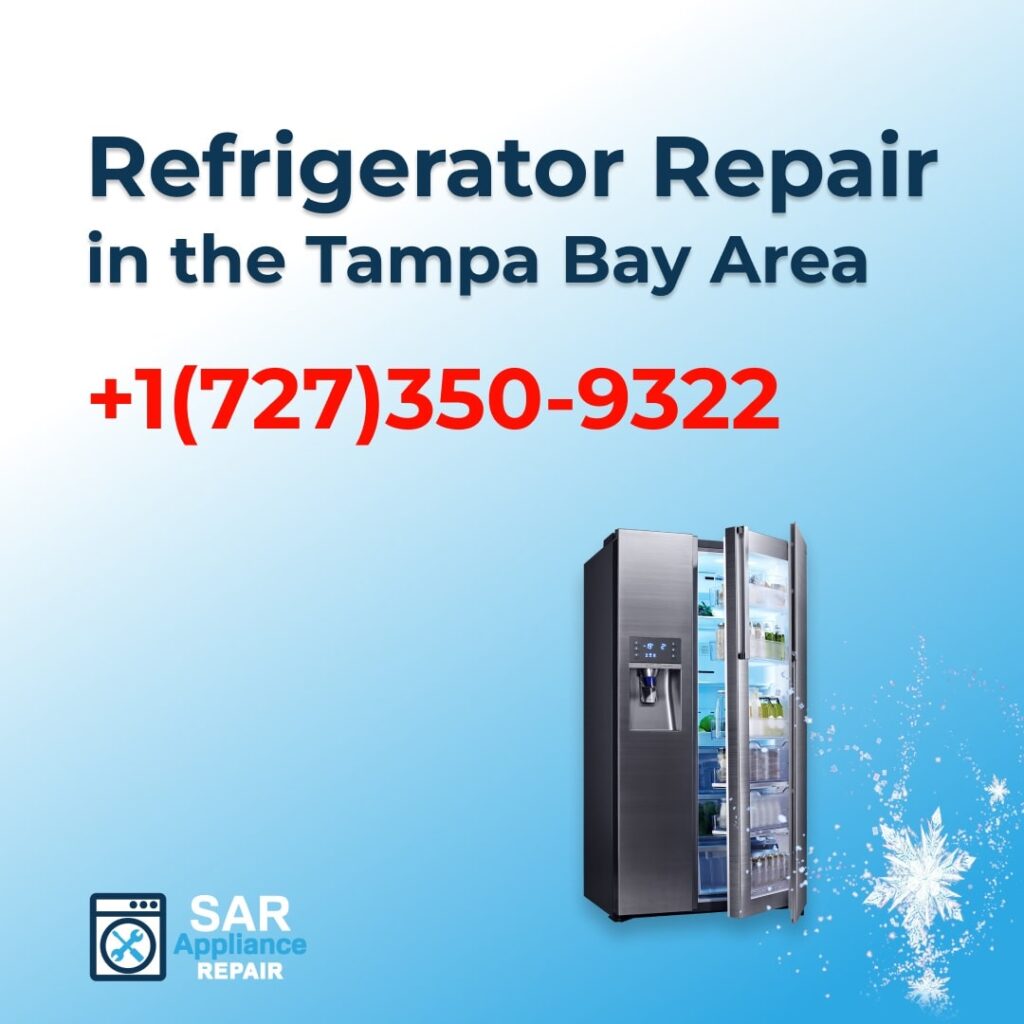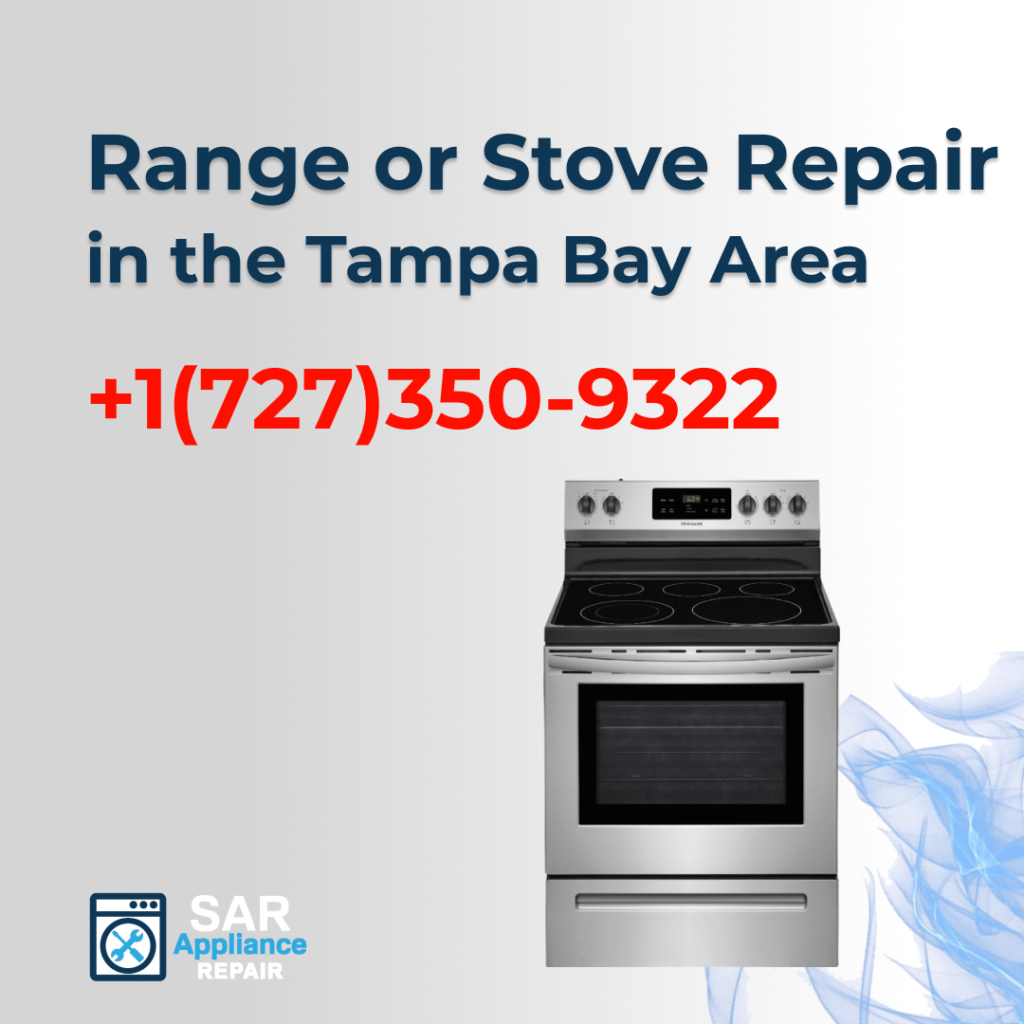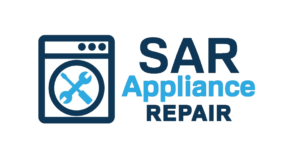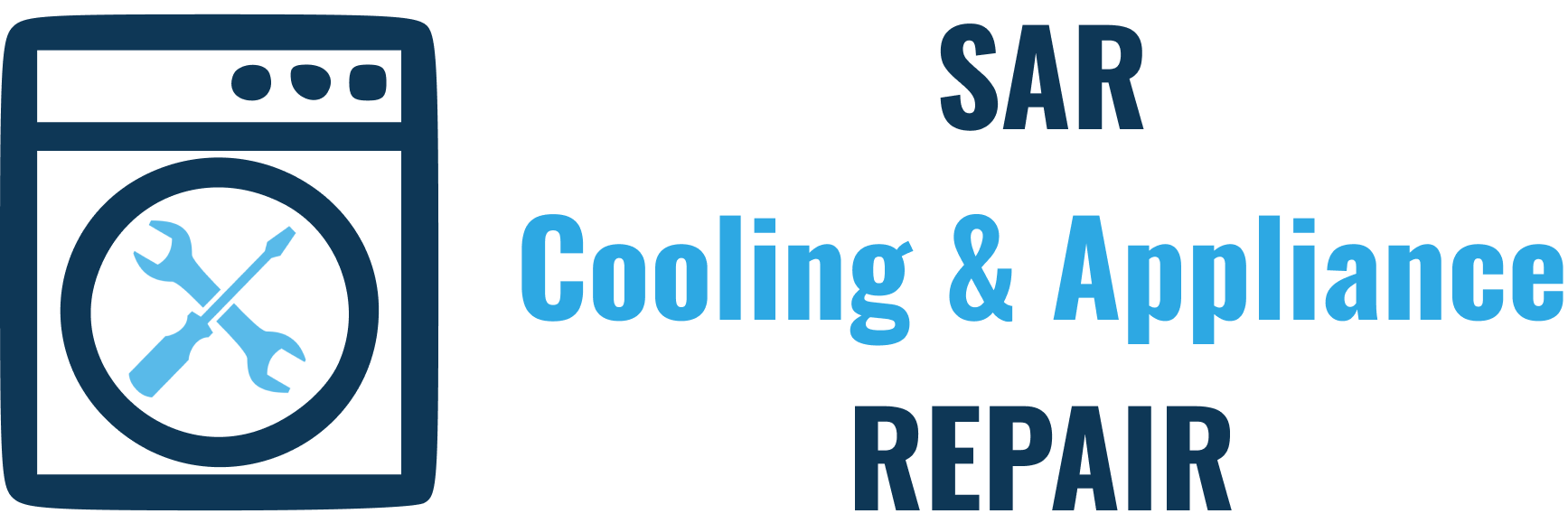Having a faulty garbage disposal can be a frustrating experience for any Clearwater homeowner. Not only can it disrupt your daily routines, but it can also lead to unpleasant odors and potential plumbing issues. In this article, we will provide you with effective troubleshooting tips to help you address common problems with your garbage disposal and get it back to proper working condition. Follow these steps to ensure a smoothly functioning garbage disposal in no time.

Power Check:
The first step in troubleshooting your faulty garbage disposal is to check if it’s receiving power. Often, the issue may be as simple as a tripped circuit breaker or a disconnected power cord. Make sure the disposal is plugged in correctly, and if it isn’t, re-establish the connection. Additionally, verify if the circuit breaker is in the “on” position. If the problem persists, try resetting the disposal by pressing the reset button located at the bottom or back of the unit.
Identify Jammed Objects:
If the disposal is still not working, the cause might be a jammed impeller. Turn off the power and use a flashlight to inspect the disposal’s chamber for any foreign objects, such as silverware, bottle caps, or large food particles, that might be causing the blockage. If you find any debris, carefully use tongs or pliers to remove them. Never use your hands to avoid potential injuries.
Break Down Grease and Food Buildup:
Over time, grease, oil, and food particles can accumulate within the garbage disposal, leading to clogs and foul smells. To address this issue, pour a mixture of vinegar and baking soda down the disposal. The chemical reaction helps break down grease and food buildup. After letting it sit for a few minutes, flush the disposal with hot water. This process should improve the disposal’s functionality and eliminate unpleasant odors.
Use Ice Cubes to Sharpen Blades
Dull blades can hinder the garbage disposal’s performance. To sharpen them, drop a few ice cubes into the disposal and turn it on. The abrasive action of the ice helps to sharpen the blades, allowing for more effective grinding of food waste.
Check for Leaks:
Leaks around the garbage disposal can indicate a potential problem. Inspect the area under the sink for any signs of water leakage. If you discover a leak, tighten the connections or replace any damaged parts promptly. Ignoring leaks can lead to more severe plumbing issues and water damage.
Avoid Non-Food Items and Fibrous Foods:
Prevent future problems by being mindful of what you put down the garbage disposal. Avoid disposing of non-food items, such as plastic, paper, or metal, as they can damage the unit. Additionally, fibrous foods like celery, corn husks, or onion skins should be avoided, as they can tangle the blades and cause clogs.
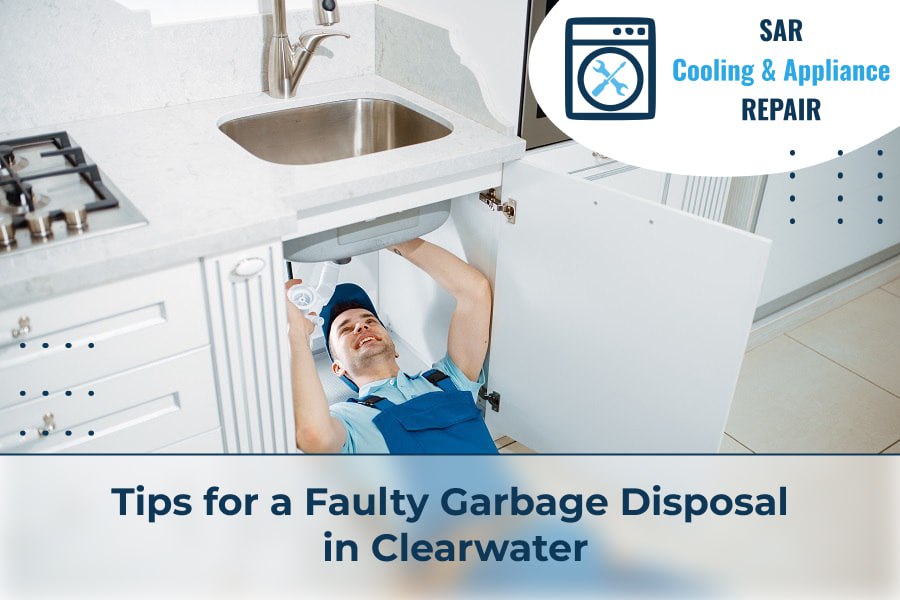
Tips for a Faulty Garbage Disposal in Clearwater
By following these troubleshooting tips for a faulty garbage disposal in Clearwater, you can save yourself time, money, and unnecessary stress. Remember to always prioritize safety by disconnecting power before attempting any repairs and avoid putting non-food items and fibrous foods down the disposal. If these DIY fixes don’t resolve the issue, don’t hesitate to contact a professional plumber to assess and repair your garbage disposal properly. With a well-maintained garbage disposal, you can keep your kitchen clean and functioning efficiently.
Simply call us on +1(727)350-9322 or use our online booking system and we will send a technician to your home. Our master will diagnose the problem and tell you the cost of parts and labor. If you agree to the price, they will earn the privilege of repairing your household appliance. And because we are committed to customer satisfaction, we hope you will take the time to leave us a positive review on Yelp or Google!
